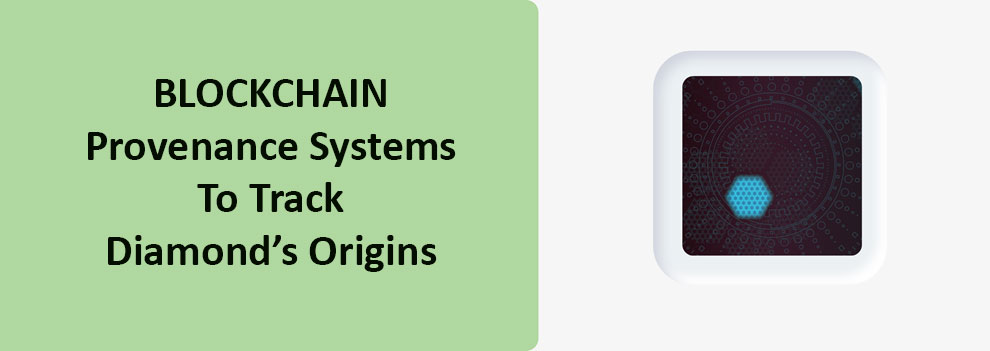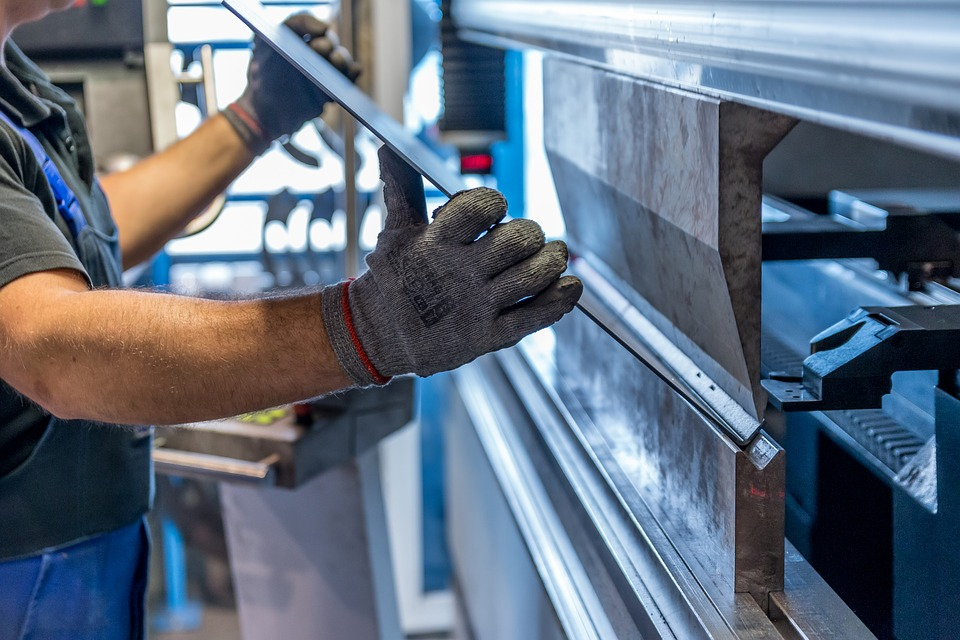Diamond technology goes beyond a pair of tweezers and a loupe on the eye. Diamond has been an exclusive luxury commodity throughout human history. Advanced technology in the sector is disrupting the market for the better.
The advances in technology improve processes for diamond traders, jewelers, and consumers. Manufacturers and next frontier industries are also benefiting from these technologies. Diamonds could take thousands or millions of years to form on earth. You could get false alarms trying to detect their natural deposits.
However, you can now grow diamonds in labs within weeks or months with technology. Advanced production methods like chemical vapor deposition (CVD) produce high-quality lab-grown diamonds. The quality is the same as mined diamond’s quality. It gives you bigger diamond stones at a fraction of the price of mined diamonds.
These cheap, high-quality lab-grown diamonds also have incredible industrial applications. They may replace the “silicon” valley with “diamond valley.” Diamond is a good semiconductor with high thermal conductivity. But its cost has been prohibitive for wide applications.
Lab-grown diamond startups like Akhan produce diamond-coated phone screens. The screens are 10x tougher than conventional ones. It is planning to make diamond semiconductor wafers to manage heat in electronics.
You can get cheaper high-quality lab-grown engagement rings, wedding rings, or next-gen industrial tools due to advancing diamond technology.

Here are 6 ways technology makes higher quality diamonds:
1. Chemical Vapor Deposition (CVD) Produces High-Quality Diamonds
You can now grow diamonds in the lab. Current technology can produce lab-grown diamonds with the same quality and properties as natural diamonds. There are two lab-grown diamond production techniques:
- HPHT (high pressure/high temperature). The HPHT process exposes diamond seeds to high temperatures and pressure to grow them into a diamond. It is energy-intensive, so it is more expensive.
- CVD (chemical vapor deposition). CVD is an effective and cheaper alternative production technique. It involves heating a diamond seed using carbon gas. After that, the carbon adheres to the seed and grows into a massive diamond.
It is less expensive because the process can operate at low temperatures and pressures. Furthermore, you may quickly grow diamonds with the qualities you desire. So, you can get high quality with high precision on the diamond shape, cut, optical properties, etc.
2. Automated Diamond Cutting, Bruting, and Polishing Machines
Not every customer wants their diamond in ready-made jewelry. They prefer loose diamonds, a cut and polished diamond that is yet to be curated into a piece of jewelry. You can customize loose lab created diamonds to your preference that’s why it is more favorable for some customers. You can decide the amount of carat, cut type, color, and clarity.
The 4Cs determine the diamond’s grade and value –– carat weight, cut, clarity, and color. The diamond cut determines its brilliance, and it’s the only aspect humans can control. Ideal diamond cuts will ensure maximum return of light hence max shine. A poor cut leads to a dark center if the cut is too deep or a hollow appearance for a shallow cut.
However, current AI-based diamond technology like Sarine Technologies makes diamond configuration much more effortless. Using automated machines, you can cut, brute, and polish it to perfection. As a result, you get a perfectly symmetrical diamond cut with no burnt marks.
Laser technology is vital in cutting diamonds. Not all natural and lab-grown diamonds are smooth and perfect. Some will have microscopic voids that make the edges rough. Laser technology is vital in getting a flat and smooth diamond.
Laser cutting also enables personalized inscription on the diamond. It can include the trading company, love messages, etc. Tailored services are deemed more valuable and attract premium rates. Hence, automation is driving quality customized diamond configuration.
3. Advanced Mapping and Planning of Rough Diamonds
Getting the most excellent polished yield on a rough diamond needs careful planning and mapping. Inclusions or flaws in the diamonds are like their markers. They affect the clarity of the diamond and its value. Advanced inclusion scanning tools can map and plan the precise position for cutting a rough diamond for max value.
Inclusion scanning tools offered by Sarine Technologies help get the maximum polish yield. The scanning, mapping, and planning processes on rough diamonds are automated.
4. Blockchain Provenance Systems to Track Diamond’s Origins

Blood diamonds are unethical, with devastating effects on mining communities. They involve child labor in militia-controlled mines. Some do not follow relevant mining procedures, thus affecting the environment in their diamond extractions.
Diamond is as quality as its origin. Previous efforts like Kimberly Process, established in 2003 are ineffective in preventing blood or conflict diamonds. For example, parts of the Democratic Republic of Congo are unstable due to blood diamonds and illegal gold mining.
Blockchain is empowering fool-proof provenance solutions to solve the problem. Most industry players are now using solutions like Everledger and Provenance Proof. These tools provide transparency to diamond origins. Therefore, it supports responsible sourcing of quality diamonds.
Whether you are a retailer or a customer, you want to know the story behind the diamonds you’re buying. And blockchain provenance systems are helping with that.
5. Effective Diamond Mining Exploration Using Seismic Reflection
There is also a significant development in exploring and mining natural diamonds. Kimberlite rocks that contained diamonds were detected using magnetic systems. Kimberlie has magnetic properties, so you could use a magnetic system to spot them. But, it had false positives and was ineffective for deeper Kimberlite deposits.
Seismic reflection, applied in earthquake detection, can also map and locate kimberlite deposits. As the technology matures, it will be easier and cheaper to explore and mine natural diamonds. Kimberlite rocks offer the highest quality gem-grade diamonds. Thus, seismic reflection is making it easy to get high-quality diamonds.
6. Next-Frontier in Semiconductor Technology
![]()
Diamond technology is also opening new frontiers in semiconductor and industrial applications. Now quality lab-grown diamonds are found on electronic screen coating, solar panels, and medical equipment.
For example, Akhan, a lab-grown diamond startup, has raised $20 million to scale its operations. It makes tougher diamond phone screen coatings. It will also make semiconductor wafers for electronics.
With lower lab-grown diamonds, next-gen industrial and electronics systems will use diamonds.
Key Takeaways
Technology is disrupting the diamond industry for better quality. It is now possible to get lab-grown diamonds with high-quality similar to natural diamonds. The high-quality lab-grown diamond is cheaper than naturally mined ones too.
Each value chain stage is currently impacted by technology. Seismic reflection technology helps spot high-quality kimberlite-bearing diamonds. For the lab-grown diamond, CVD makes it easy to achieve the required properties within months or even just weeks.
Diamond cutting, bruting, and polishing processes are all automated for precision and better yield. Also, blockchain provenance solutions ensure transparent diamond tracking. With growing interest in industrial and semiconductor applications, diamond technology is driving significant change in the industry today.




